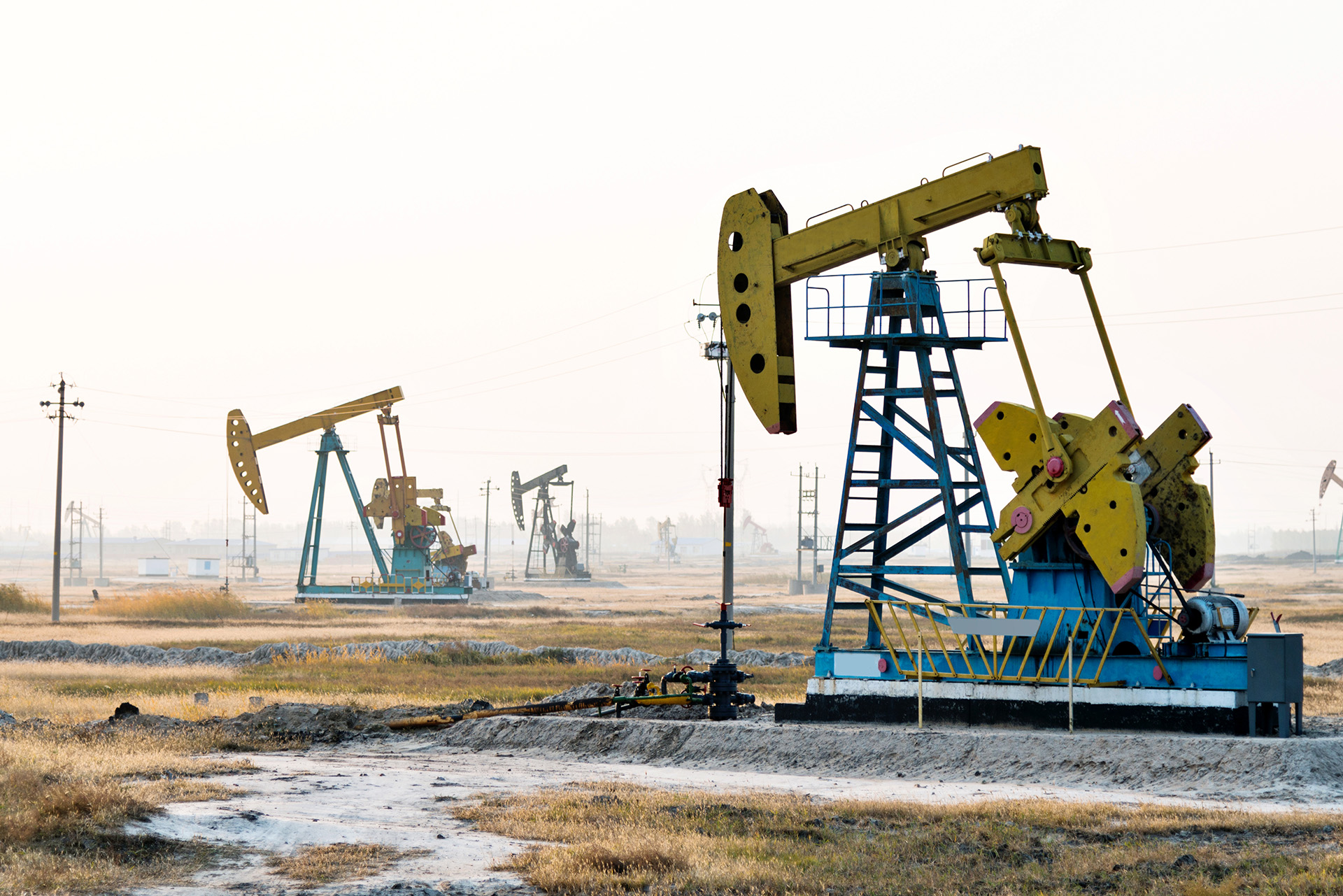The time for natural gas is not over and it will not end soon. The natural gas industry is reforming itself through innovation to successfully face the energy transition and contribute to the goal of achieving climate neutrality. And one of the technologies of the future where natural gas can play a significant role in moving beyond its status as a "transition" fuel is hydrogen. With significant reserves of natural gas, Romania can become a major player on the hydrogen market if it knows how to play this card.
In the race to develop solutions to decarbonize economies in the long term, hydrogen is seen as a very promising technology not only in Europe but worldwide. The European Commission adopted a hydrogen strategy last summer.
The attention is not only because of its potential to reduce carbon emissions, but also because of its versatility. Hydrogen can be used as a feedstock, a fuel or for transportation and energy storage, and has multiple applications in industry, transportation, energy and construction.
"Therefore, offers a solution for decarbonizing industrial processes and economic sectors where reducing carbon emissions is both urgent and difficult to achieve. All of this makes hydrogen essential to support the EU's commitment to achieve carbon neutrality by 2050 and the global effort to implement the Paris Agreement, while working towards zero pollution."
explained the European Commission in its Communication "A hydrogen strategy for a climate-neutral Europe".
This strategy will explore not only how hydrogen can contribute to climate neutrality targets, but also how it will help EU Member States' economies recover from the impact of the COVID-19 crisis. While the main focus is on the development of renewable hydrogen, other means of obtaining and using clean hydrogen, such as from natural gas in combination with carbon capture and storage technology, are not neglected.
How hydrogen is made
Before we explore further how natural gas can contribute to the development of this fuel, here's a brief look at the ways it's now being obtained and the pros and cons of each, using data published by the World Energy Council (WEC) from the study "New Hydrogen Economy - Hype or Hope? (The new hydrogen economy, advertising campaign or hope?)"
First, what is hydrogen? It's the first element in Mendeleev's periodic table, the lightest, most abundant and one of the oldest chemical elements in the universe.
"Burning one kilogram of hydrogen releases three times more energy than one kilogram of gasoline and produces only water"the study says. The WEC also notes that "hydrogen can be produced using different processes, and the energy source used and the method defining whether it is informally considered gray, blue or green", WEC show.
- GRI HYDROGEN - Currently, 96% of the hydrogen produced globally is of this type. The main routes are steam reforming of methane and gasification of coal. The processes are carbon intensive, so social acceptance is low, but they are low cost.
- BLUE HYDROGEN - is hydrogen gray where the carbon emitted during production is sequestered by carbon capture and storage (CCS technology). Due to lower carbon emissions, social acceptance is higher, but so are the costs - higher.
- GREEN HYDROGEN - is hydrogen with very low or zero carbon emissions, made from renewable energy sources through the process of electrolyzing water. It has the highest social acceptance, but the very high costs currently make the technology unfeasible for large-scale application.
The European Commission said last summer, in a series of questions and answers about the technology, that "at present, neither hydrogen from renewable sources nor hydrogen based on fossil fuels with carbon capture are cost-competitive with fossil fuel-based hydrogen".
Large-scale deployment of low-carbon hydrogen requires a combination of sustained government support, technological progress and investment in product development and transportation infrastructure, but it also needs the rules of the game to create an export market for it, WEC says.
"Whether hydrogen will become the main feedstock in the coming decades or deliver specific energy services, it has a role to play in the energy systems of the future," concludes WEC.
Contribution to economic growth and job creation
The natural gas industry is ready for this transformation. During the public debates organized by the EC on the Hydrogen Strategy, the European association EUROGAS reported that Europe should build on the expertise of its industrial and manufacturing sectors and the skills of its workers and researchers when it comes to these new hydrogen technologies.
"This will facilitate a post-Covid economic recovery with great potential for economic growth and job creation opportunities." says Eurogas.
"With today's technologies, you can reduce up to 90% of natural gas carbon emissions, which is already a lot. Technological progress can take that to 100%," he said, in an article published by EurActiv, Luca Giansanti, Head of European Government Affairs at Italian energy company ENI.
He said funding for research and innovation in new low-carbon gas technologies will be crucial.
Beyond helping to produce clean hydrogen, The natural gas sector can also help support the gas transportation infrastructure. The same network used to transport natural gas can be used to transport new gas-based technologies such as hydrogen or biomethane.
So the end of natural gas is not near, quite the opposite. This natural resource will continue to play an important role in a future technology mix.
And Romania, currently the second largest producer of natural gas in the EU, should not stay away from the discussions taking place in Brussels in order to have an important say in the energy system of the future. We have one of the oldest natural gas industries in the world, as well as a qualified and professional human resource in the field.
Also, by capitalizing on the very important resources in the Black Sea, it can become a major player in this nascent but very promising market. But smart decisions by public authorities are neededso that Romania can make the most of its resources, with benefits for all: citizens, companies and the environment.





